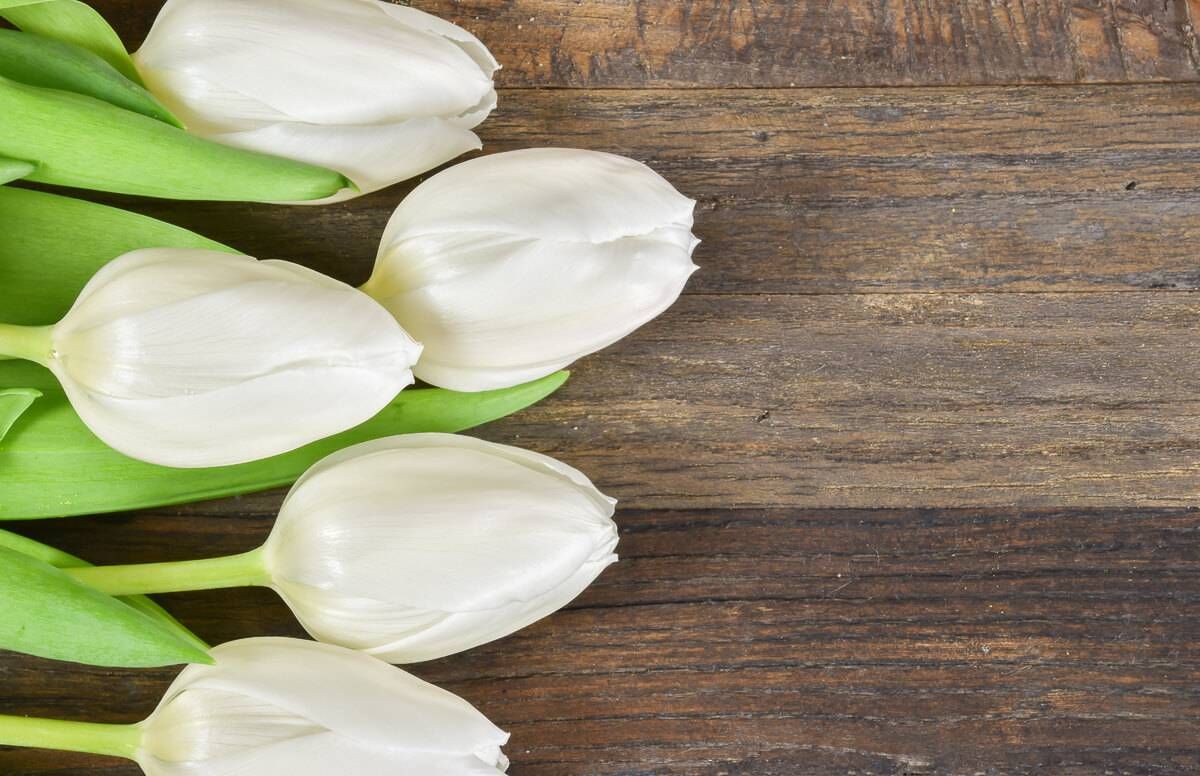How to Have a Green Funeral
More people are looking to eco-friendly options for end-of-life planning
You may not realize this, but the common burial processes many Americans follow after death use mass amounts of materials and chemicals, most of which end up in the ground. Coming to terms with this has inspired some Americans to consider ways to make funerals more eco-friendly — through what's known as a green funeral.

Green funerals (or green burials) are practiced for many reasons, depending on the person: to conserve natural resources, reduce carbon emissions, preserve and restore habitats and more. Many expenses are avoided or cut out, too, making a green funeral effective as a cost-saving measure on top of limiting waste and your carbon footprint.
Sonya Vatomsky wrote a story for The New York Times about what is trending in the world of green funerals and what’s available for people to choose. Vatomsky pointed out the stunning statistic from the Green Burial Council, a nonprofit working to encourage environmentally sustainable death care, that traditional American burials put 20 million feet of wood, 4.3 million gallons of embalming fluids, 1.6 million tons of reinforced concrete, 17,000 tons of copper and bronze and 64,500 tons of steel into the ground each year.
Figures like this explain why almost 54 percent of Americans say they would be interested in exploring green funeral options to reduce the environmental impact of end-of-life rituals, according to a survey from the National Funeral Directors Association.
Green Funeral: Substitute This for That
When thinking about a green funeral, a place to start is the tradition of embalming, the process of preserving remains so they're suitable for display. Embalming relies on harsh chemicals to achieve the preserved look.
“You took a body that would have decomposed naturally, you put chemicals in it and a huge part that is left out is that most of the chemicals don’t stay in the body. They are flushed down the drain when they are let back out of the body’s arterial system,” Amber Carvaly, a service director at California’s Undertaking LA, told Vatomsky.
While there are other ways to preserve a body — such as dry ice or a nontoxic agent — the most environmentally conscious move is to pass on embalming altogether.
Another significant part of green burials is considering the large amounts of non-biodegradable materials like bronze, copper, steel and concrete used for coffins and vaults. Green burials favor saving these resources and opting for sustainably harvested wood or simply being wrapped in biodegradable shrouds before burial. While cremation is a space- and material-saving route, the process uses a lot of energy and thus leaves a sizable carbon footprint (Vatomsky refers to a statistic that says cremation is the equivalent of a 500-mile car trip.)
Find What Works
There’s no perfect solution, and pros and cons come with every choice. It’s ultimately key to consider what’s most viable based on your circumstances and what’s available to you from funeral homes in your area. The Green Burial Council lists certified funeral homes and cemeteries that offer green funeral services based on location.
“You also shouldn’t feel limited by what a funeral home is selling you,” Vatomsky writes. “By federal law, they’re required to accept a coffin provided by the customer at no extra charge. Or skip the coffin altogether. A shroud made from organic, biodegradable cotton can be purchased through your funeral home or online, or even at the local fabric store.”
For more information, peruse the Green Burial Council’s website and read the rest of the Times feature.


